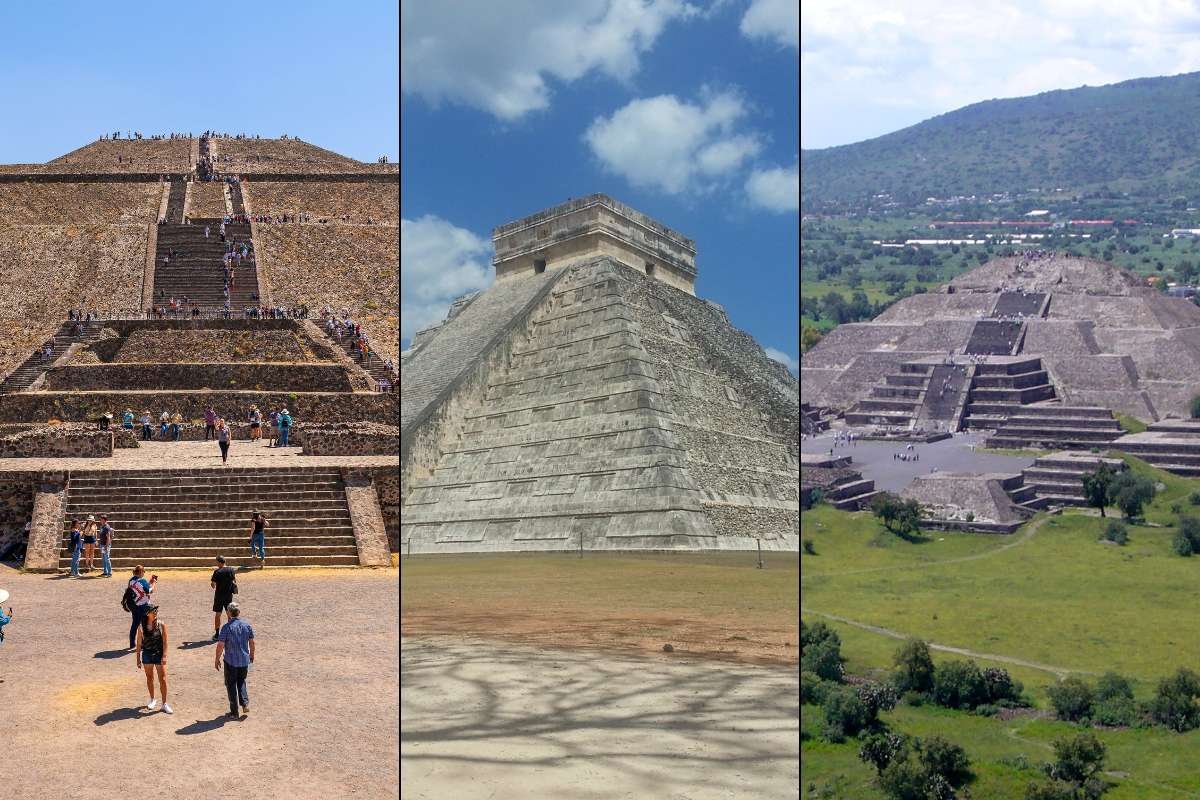A 25-year-old digital native brainstorming with a 55-year-old industry veteran may sound like a generational clash waiting to happen. But in reality, it could be the secret to a company’s next big breakthrough.
Intergenerational leadership thrives in exactly these kinds of diverse dynamics, where age becomes an asset, not a barrier. As workplaces become melting pots of five different generations, this leadership approach isn’t just progressive—it’s essential. The question is no longer “Can different generations work together?” but “How can we lead in a way that brings out the best in all of them?”
In a time of digital change, hybrid work models, and fast innovation, leaders need to learn not just how to manage but also how to lead across different generations. So, what does this mean in real terms? Let’s break it down.
What is Intergenerational Leadership?
Intergenerational leadership means using strategies that effectively include and empower people from different age groups, usually Baby Boomers, Generation X, Millennials and Gen Z, within an organization.
Instead of using a one-size-fits-all approach, intergenerational leaders understand and make use of the differences in how each generation communicates, uses technology, works, and what they value. These leaders create inclusive environments where knowledge is shared in both directions—experienced employees mentor younger ones, while tech-savvy younger workers bring fresh ideas and innovation.
It’s not just about getting along. It’s about working together and creating new solutions.
Understanding Generational Differences
To lead a multigenerational team successfully, it’s important to understand what distinguishes each group. Here’s a brief overview:

- Baby Boomers (Born 1946–1964): Often value loyalty, structure, and a strong work ethic. Many prefer face-to-face communication and hierarchical leadership.
- Generation X (Born 1965–1980): Independent, adaptable, and often skeptical of authority. They value work-life balance and are comfortable with both analog and digital tools.
- Millennials (Born 1981–1996): Tech-savvy, purpose-driven, and collaborative. They prefer feedback-rich cultures and flexible work environments.
- Gen Z (Born 1997–2012): Digital natives with entrepreneurial mindsets. They value inclusivity, social responsibility, and real-time communication.
These generational traits are not strict boundaries but general tendencies. Effective intergenerational leadership involves navigating these dynamics with empathy and adaptability.
Strategies to Stimulate Strong Intergenerational Leadership
Successfully integrating different generations requires thoughtful leadership practices. Here are some proven strategies:

1. Set Up Formal and Informal Communication Channels
Organizations can gain valuable insights from their colleagues by creating both formal and informal ways to communicate. This allows team members from all age groups to share their ideas on topics like AI, caring for the environment, and efficient work practices. The key to success is for the company to accept change and keep an open mind. – Javier Evans, Webster Bank
2. Create a Multigenerational Task Force
Form a task force that includes leaders from different age groups. This group should involve teammates they work with closely to make sure everyone’s needs are considered and to find real ways to improve teamwork. Then, combine ideas from all sides to create a solution that everyone can agree on, instead of having opposing views that don’t lead to effective business solutions. – Shannon Gabriel, TBM Consulting.
3. Learn About Individuals First to Find Common Ground
It’s important to understand that each generation is made up of different types of people. Take time to learn about individual traits and values, and then focus on shared interests to break down barriers and clear up misunderstandings. – Dave Barnett, DeVry University
4. Collaboration & Annual Initiatives
Employee and business resources groups (ERGs and BRGs) support intergenerational leadership when well-resourced. These communities bring the power of diversity to the table to support market opportunities, partnerships, and a culture of belonging. One practical way to support intergenerational leadership in ERGs is to encourage networks to cross-collaborate on annual initiatives. – Chelsea C. Williams, Reimagine Talent Co.
5. Leverage The Diverse Strengths Of Each Individual
It is critical to tap into and leverage the diverse strengths that each individual brings to the table. This can open the doors to unlimited learning opportunities. Have a lunch and learn where the dialogue is open and allows others to share their experiences with different generations. By impacting every voice on the team, you will be a stronger, more dynamic, and more cohesive team. – Janet Vardeman, Avanade
Real World Examples of Intergenerational Leadership
- Microsoft: Under Satya Nadella’s leadership, Microsoft has focused on a culture of openness and teamwork that encourages leaders from all age groups to talk and share their different views. This approach has helped them combine the knowledge of older executives with the ideas of younger leaders in new technologies like AI and quantum computing.
- Procter & Gamble (P&G): P&G has a leadership team made up of executives from different age groups and focuses on creating an environment where employees can share ideas and have a say. Their projects, especially those related to sustainability and social responsibility, are often led by younger leaders in the company.
- Johnson & Johnson: Understanding the value of generational diversity, Johnson & Johnson has created specific leadership development programs designed for different age groups. This has reportedly resulted in higher employee engagement and productivity among all generations.
Benefits of Intergenerational Leadership
Organizations that embrace intergenerational leadership experience a host of advantages, including:

- Wider Perspective and Innovation: Teams that bring together diverse life experiences tend to be more creative and resilient in problem-solving.
- Stronger Talent Pipeline: Leveraging the knowledge of senior staff while preparing younger employees for future leadership ensures long-term organizational growth.
- Higher Employee Engagement: Employees feel more seen and valued when leadership styles and development opportunities are inclusive of all age groups.
- Increased Productivity: With clear communication and aligned goals, intergenerational teams often outperform their homogeneous counterparts.
Read More: What Gen Alpha Employees’ Characteristics Say About Tomorrow’s Workforce?
Challenges in Intergenerational Teams
Of course, managing across generations is not without its pitfalls. Here are some common challenges:
- Communication Gaps: Older generations may prefer structured meetings, while younger ones lean on informal Slack chats.
- Technology Divide: Varying comfort levels with digital tools can cause friction or inefficiency.
- Work Style Differences: From preference for remote work to approaches to feedback, differences can lead to misunderstandings or conflict.
- Stereotyping: Assumptions like “Boomers resist change” or “Gen Z lacks discipline” can foster division if not actively addressed.
Proactive leaders anticipate these issues and build bridges before gaps widen.
How Optimal Age Diversity Boosts Business Performance?
- Achieving optimal age diversity can increase a business’s value by up to 1.8%.
- University of New Hampshire study: Boards including Generation X outperform peers in return on assets and price-to-book ratios.

- PwC study (11,000 Dutch firms): Companies in the “goldilocks” age-diversity band had materially higher solvency ratios — same profit with a less risky balance sheet.
- €51.8 billion in untapped value if companies in their sample achieve optimal age diversity, equivalent to 1.8% of their value.
The Future of Intergenerational Leadership
As the global workforce changes, Generation Alpha will soon be joining the workforce while people are retiring later. Intergenerational leadership will move from being a competitive advantage to a necessity.
Leadership styles will need to be more flexible, inclusive, and supported by technology. AI, automation, and remote collaboration tools will change how different generations work together. Future leaders must learn to understand different age groups, be comfortable with technology, and adapt their strategies to meet diverse needs.
In the long run, organizations that invest in developing intergenerational leadership now will be better prepared to lead effectively in the future.
Conclusion
To make the most of a diverse age group, companies need more than just management; they need leadership that is inclusive, adaptable, and focused on people.
Intergenerational leadership is about breaking down barriers, using both wisdom and new ideas at the same time, and creating a culture where everyone can succeed. As the future of work changes, one thing is clear—leaders who can bring together different age groups will be the ones who build strong, forward-thinking organizations.
Whether you are a startup founder, HR leader, or executive, now is the time to embrace intergenerational leadership and prepare your workplace for the future.


















